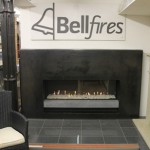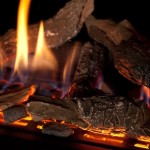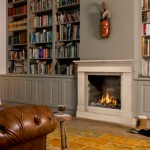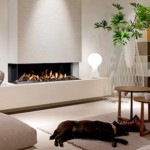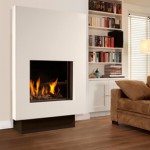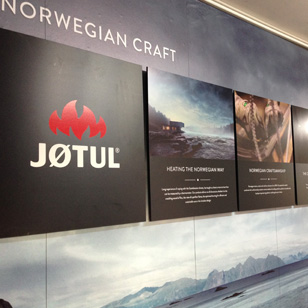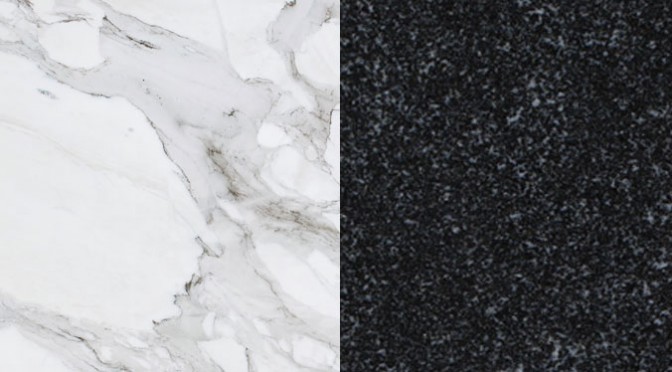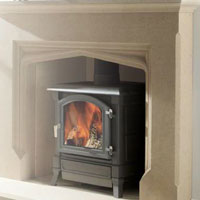
Wessex Stone Fireplaces
Wessex Stone Fireplaces have been hand crafting natural limestone fire surrounds for over 21 years. Their workshops lie deep in the heart of Gloucestershire on the outskirts of the Cotswold market town of Tetbury.

From this site English Heritage approved masons select stone for its character, quality and colour before shaping the surround by hand with mallet and chisel.
Visit our showroom in Colney Heath to see the quality of Wessex Stone surrounds for yourself.
Each stone component is carefully selected for its quality and colour match before being skillfully shaped by mallet and chisel in the time honoured fashion. This craft has remained largely unchanged for well over two thousand years. Wessex Stone Fireplaces parent company Wells Masonry Services specialise in the creation and restoration of fine stone architectural masonry.
Wessex prides itself on its flexibilty in being able to provide exactly what each client requires. They can modify existing designs to suit any need. Their craftsman also have the capability to design and produce bespoke surrounds to a client’s individual specification.
Discuss your personal requirements with us and we will then work with Wessex to create the special surround that is your vision.
Your surround can be hand carved to adopt any particular theme to feature any intricate example of the carving mason’s art. Visit our Fireplace Shop in Colney Heath to find out more.



